Causes and Treatment Options for Leg Ulcers
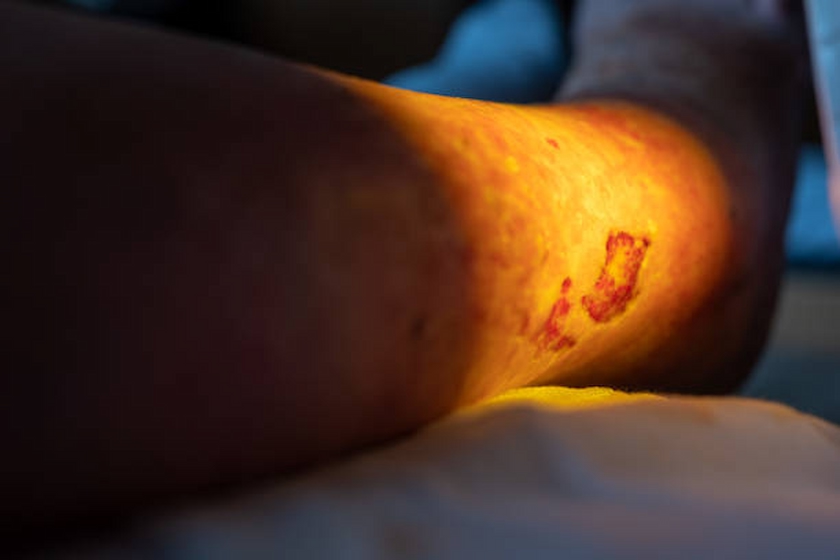
Leg ulcers, often caused by chronic venous insufficiency, diabetes, or injury, require prompt treatment to prevent complications. Wound care, compression therapy, and surgical interventions are effective options for managing and healing these open wounds.
Why are my legs turning Brown? Frequently Asked Questions about Leg Discoloration
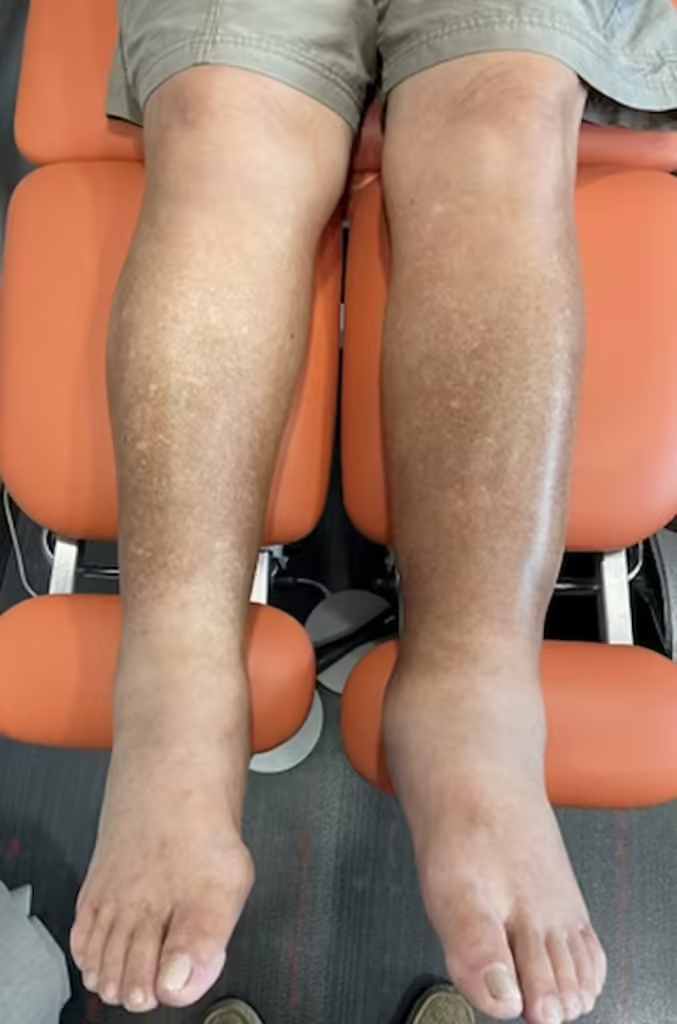
Leg discoloration, often seen as brown or reddish spots, can be caused by conditions like diabetes, chronic venous insufficiency, or peripheral vascular disease. Learn more about potential causes, symptoms, and treatments for leg discoloration.
How does diabetes affect my risk of peripheral vascular disease?
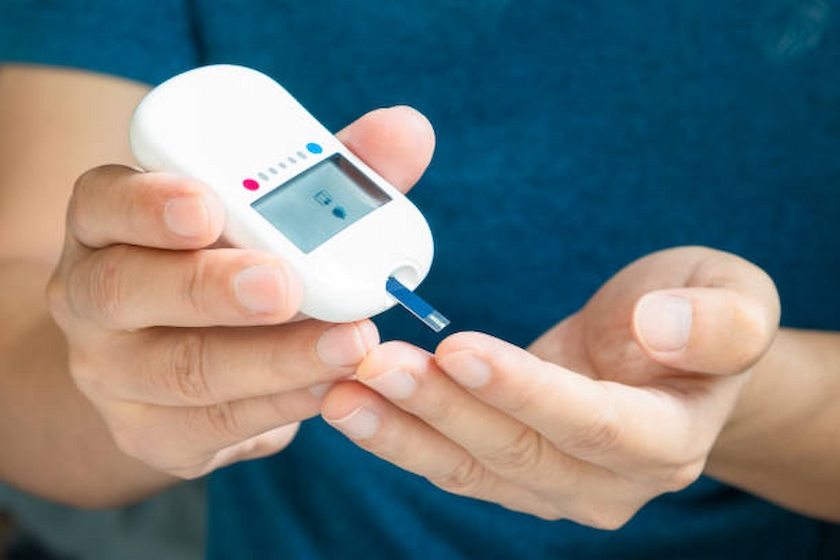
Diabetes increases the risk of Peripheral Vascular Disease (PVD) by accelerating atherosclerosis, which reduces blood flow to the limbs. Early detection, blood sugar control, and lifestyle changes are essential for managing both diabetes and PVD effectively.
Key Facts About Peripheral Vascular Disease
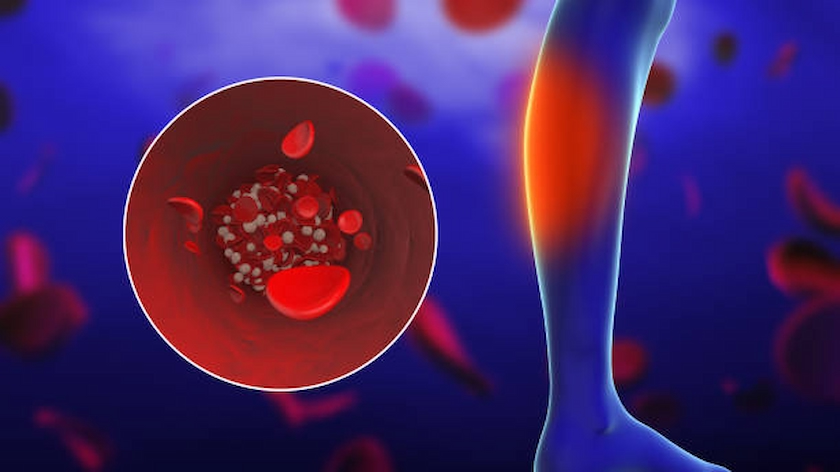
Peripheral Vascular Disease (PVD) is a condition where the arteries become narrowed, reducing blood flow to the limbs. It can cause leg pain and increase the risk of heart attack and stroke. Early detection and lifestyle changes are crucial to managing PVD effectively.
Recognizing Signs of Peripheral Vascular Disease
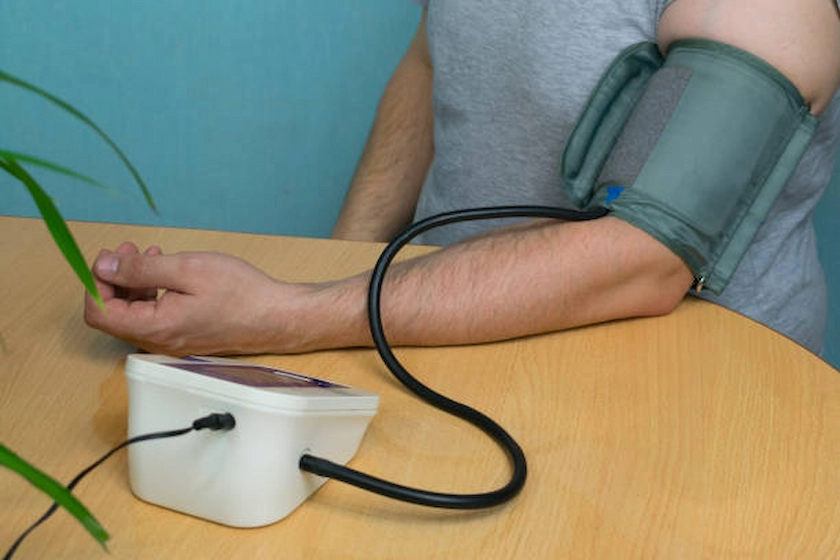
Recognizing the signs of Peripheral Vascular Disease (PVD) is crucial for early intervention. Learn about common symptoms, risk factors, and how timely diagnosis can prevent severe complications and improve vascular health.
How Angioplasty Restores Blood Flow in Peripheral Vascular Disease
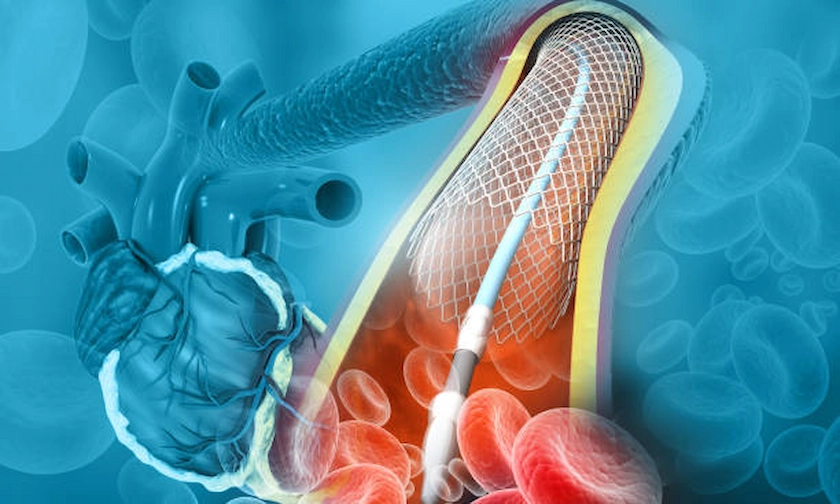
Angioplasty is a minimally invasive procedure that restores blood flow in patients with Peripheral Vascular Disease (PVD). Learn how this treatment alleviates symptoms, its benefits, and the importance of long-term management.
Understanding and Managing Diabetic Foot Complications

Diabetes is a growing concern in Singapore, with diabetic foot complications being among the most serious and disabling. Proper management is crucial to prevent severe outcomes like ulcers, infections, and amputations, and this guide offers valuable insights on causes, prevention, and management for those at risk.

